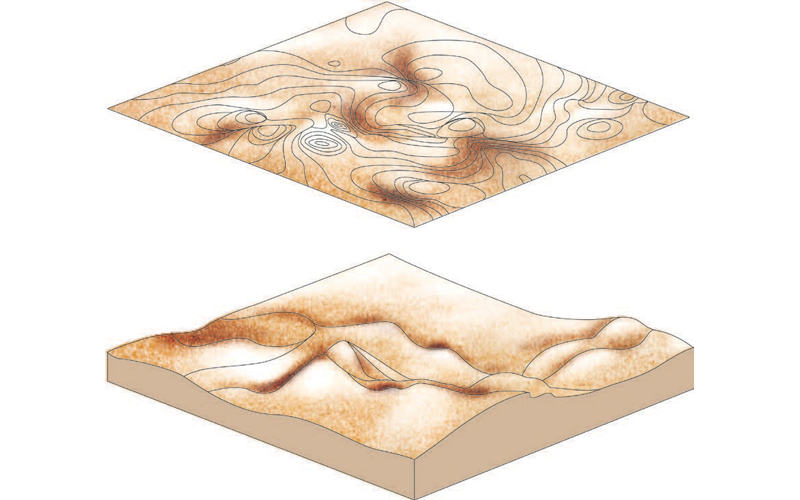Environment
OA No. 300 of 2013 | Manor Mishra
LA 46 |
|
| Storm water drains are a part of any city's efficient functioning. Their sole purpose is to collect and discharge the flood-period surface run-off, preventing the flooding of places. Recently, however, these drains are being covered up due to various factors, the most significant of which being the discharge of sewage and industrial effluents into these storm water drains which, thus, render them 'dirty', aesthetically unappealing and foul smelling. However, not only is the covering up of these drains further aggravating the problem, but it is also detrimental to the environment.
|
|
 |
|
Original Application (OA) No. 300 is an application filed at the National Green Tribunal (NGT) in the year 2013 by Yamuna Jiye Abhiyaan that primarily challenged two projects in the city of Delhi-one that planned to cover portions of the Shahdara Link drain in Mayur Vihar in East Delhi to develop Dilli Haat and the other, an ongoing project to cover Chirag Dilli drain to convert it into a road and parking area.
Even the NGT's initial response to the application was, "So what, is this not a standard practice all over the world?". Not anymore. Planners and decision makers, faced with frequent urban flooding, have realized their mistake and are now more and more embarking on what is now popularly termed, "day lighting" their buried streams and drains.
According to the U.S. Environmental Protection Agency, "The modern era has not been kind to streams. As humankind has enlarged agricultural areas, built roads, and clustered into cities big and small, we have polluted streams, diverted them, straightened them, confined them in concrete channels, put them into pipes, filled their associated wetlands and otherwise used and abused them, often beyond recognition." It goes on to define "daylighting" as efforts to deliberately expose some or all of the flow of a previously covered river, creek, or storm water drainage and records that in just the city of Zurich, Switzerland over nine miles of brooks and storm drains have been brought back to the surface since the year 1988.
It was during the course of the hearing of the petition at the NGT that it was discovered that the city of Delhi had a network of some 201 natural storm water drains that ultimately combined into 22 outfalls into the river Yamuna. In good old days, majority of these storm drains were the big and small tributaries of the river, originating from the Ridge in the city and beyond and finding their way to the river following the natural undulating topography of Delhi, lying west of the river Yamuna. Many of these in and around Delhi had popular names like the Sahibi nadi, Kushak nallah, Barapullah, Tehkhand and Buriya nadi.
|
|


|
|

|
|
|
|
|